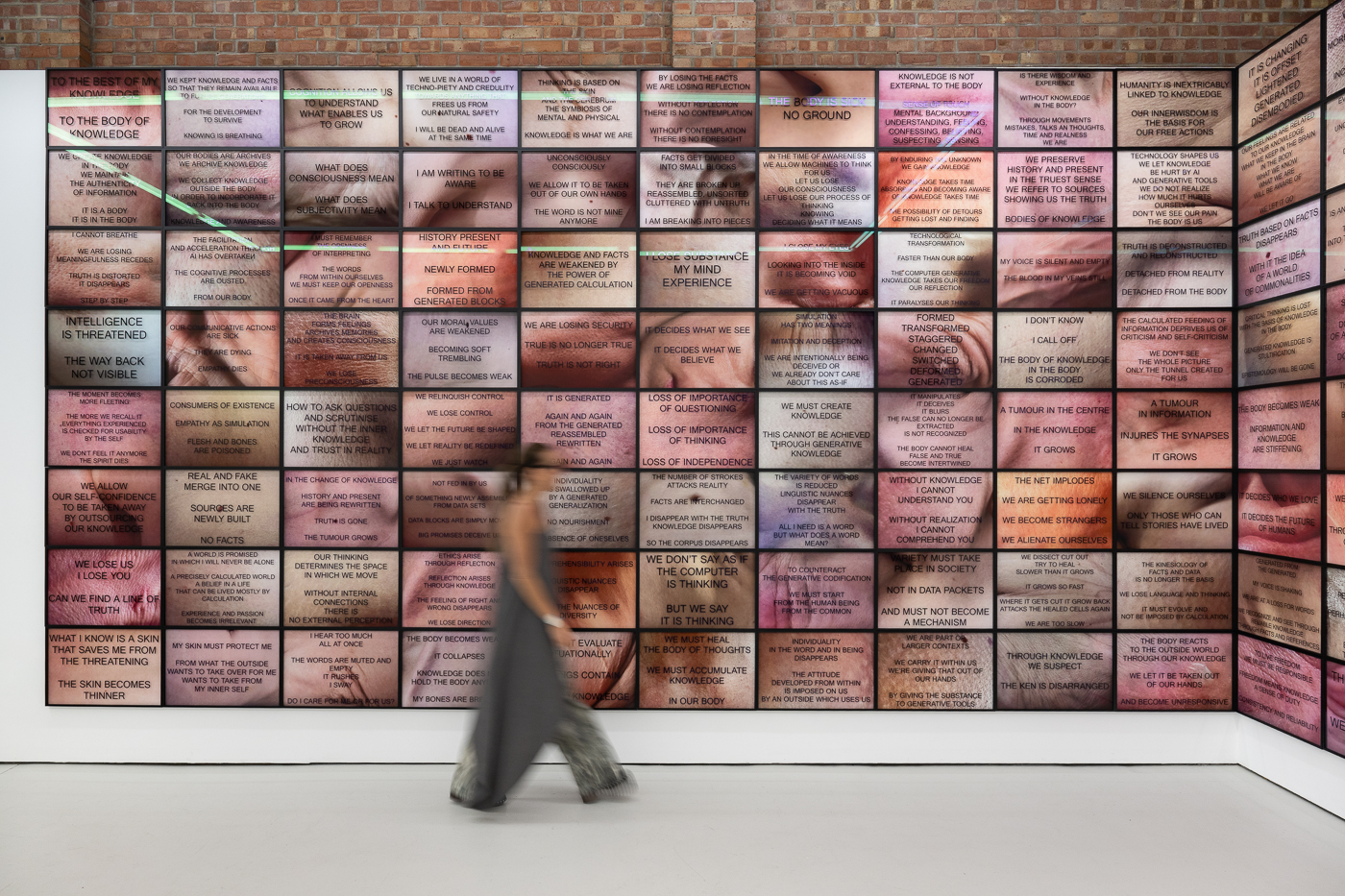Broadly/VICE has published a new feature by Signe Pierce, which also includes a new series of digitally-manipulated photographs by the artist straddling the divide between technology and biology.
Photos that Show How Real Life Isn’t Always What It Seems
By Signe Pierce
This essay originally appeared in the Privacy & Perception Issue of Vice Magazine, created in collaboration with Broadly.
We’re now in the era of “alternative facts.” And while the struggle to discern truth from fiction has been happening, in various iterations, for centuries, differentiating between the two has become harder and harder with the advent of the internet. Signe Pierce’s work is interested in the ways that we perceive reality within this increasingly digital world, and the impact it’s having on our conception of truth.
In this series of self-portraits, Pierce is portraying herself in ways that are paradoxically abstract, digital, literal, and real. The abstracted images appear to have been digitally manipulated or liquefied, but they’re not. With the exception of color correction, the photos have not been Photoshopped. Instead, she angled her camera lens toward a warped mirror, melting and morphing her body into, as she describes it, “a drippy, erotically charged Instagram thottie.” She’s asking viewers to consider the ways that real life isn’t always what it seems, and how it can be just as manipulative as the digital world. “If I didn’t tell you otherwise, would you have thought that this photo of a warped reflection was Photoshop? Does the fact that it was done in-camera make it any less manipulative than if it were done in post?”
The other images present a more literal depiction of the artifice surrounding who you are on screen versus who you are in real life—and the ways that these devices are becoming increasingly linked to how we self-identify and share ourselves. We see Pierce wearing a headpiece she’s labeled as the “Halo,” which she conceptualized to use in her performances. With these images, she wants to straddle the line between technology and biology, control and submission, self and selfie, by placing her own nude body in its crosshairs and dismantling the stigma that comes with photographing oneself.
“There’s something vulgar, and vaguely pornographic, about letting people see you looking at yourself, especially in a sexual or provocative way,” she says. “It’s OK to see a sexy selfie, but to see the actual act of the selfie being captured feels much more alienating. You’re performing for a machine.”


